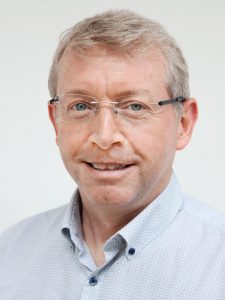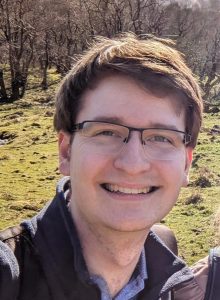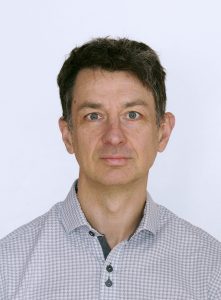EPITAXIAL, CHIP AND PACKAGING DESIGN AND OPTIMISATION
ZiNIR can act as your outsourced design team and work with you during the initial feasibility studies through to the device scoping and design phase, all the way through to epitaxy, fabrication, testing, device optimization and system demonstration. Our experienced and highly qualified team are used to working to tight timelines, hitting targets and working collaboratively with foundries and others in the manufacturing chain. We have excellent connections in the global semiconductor photonics device manufacturing community and have worked with SMEs through to major multinational companies.
Our experience ranges from developing widely used semiconductors, e.g. based on GaAs or InP, wide band gap semiconductors, such as GaN/AlN and narrower gap semiconductors such as GaSb, InSb or InAs. Heterostructure design approaches use a variety of alloys and band alignments (Type-I, Type—II) or approaches (interband, intraband and cascade) for applications in photonic, quantum and electronic devices spanning the visible into the mid-infrared.
ZiNIR has expertise in the development of discrete components and integrated photonic devices based on III-V and Group IV (e.g. Silicon) platforms. Examples of projected include integrated spectrometer chips, or compact tunable lasers.
ZiNIR’s expertise covers both electronic and optical design, with experience in the design of a range of device types including Semiconductor Lasers (FP, DFB, VCSELs, PCSELs), Semiconductor Optical Amplifiers (SOAs), Light Emitting Diodes (LEDs) and Superluminescent LEDs (SLEDs).
ZiNIR has expertise in Solar Cells and Laser Power Converters targeting renewable energy and wireless charging applications. ZiNIR’s can provide support in assessing a range of design approaches for energy generation applications. For photodetectors, ZiNIR has experience in a range of approaches to the design and use of photodetectors across the visible and infrared parts of the spectrum.
Technology
ZiNIR’s offer ranges from initial exploratory investigations and feasibility studies for a broad range of photonics applications through to the development of bespoke new technologies. ZiNIR can support market evaluations, develop IP and manage multi-partner technology development projects.
Talk to ZiNIR about your project needs or funding application! info@zinir.com.


Professor Stephen Sweeney
Stephen is ZiNIR’s Chief Technology Officer with responsibility for the company’s technology focus and innovation. In addition to his role with ZiNIR, he is a Professor of Photonics and Nanotechnology at the University of Glasgow where he leads a research group. Stephen has a BSc in Applied Physics (Univ. Bath) and a PhD in Semiconductor Laser Physics (Univ. Surrey). He was an EPSRC (UK) Leadership Fellow, was Lead Scientist in the Laser and Ampliifer Technology group for Marconi and served as President of the British Science Association: Physics & Astronomy section. Internationally, he has held positions at Arizona State University, USA; Philipps University, Marburg, Germany; Ferdinand Braun Institute, Berlin, Germany; Kyoto Institute of Technology, Japan; and the University of Wollongong, Australia. Stephen is an expert on III-V and Group IV semiconductors and their application in photonics and integrated technologies. Stephen has produced >300 journal & conference papers (h=40), > 10 patents, written several book chapters on photonics, has served as editor for a number of journals, and is a regular invited speaker at international photonics conferences. He serves on several international committees in the fields of photonics, semiconductors and physics and regularly advises governments on research & development priorities. He is a Fellow of SPIE and the Institute of Physics.

Dr Dominic Duffy
Dominic is a Photonics Engineer at ZiNIR. He has a Master’s degree in Physics and a PhD in Semiconductor Physics from the University of Surrey. His doctoral and postdoctoral research focused on the design and characterisation of near-infrared semiconductor materials and devices. In addition to his domain-specific technical expertise, he has experience in computational modelling and scientific software development in a variety of research contexts. Internationally, during his Masters degree he worked at Philipps-Universität Marburg developing new structural characterisation techniques for novel semiconductors, for which he was awarded the Janet and Mark Preston prize for the highest mark in a Masters research dissertation.

Dr Ian Goodyer
Ian is ZiNIR’s Chief Executive Officer with responsibility for the company strategy. In addition to his role with ZiNIR, he is an intellectual property commercialisation and valuation specialist at Inngot. Ian has a PhD and a post-graduate professional qualification in Intellectual Property law. At ZiNIR, Ian has successfully led teams who have brought a specialist scientific light source to market, negotiated a licensing agreement with a large prime contractor to the MOD and project managed the manufacture and testing of III-V semiconductor chips.